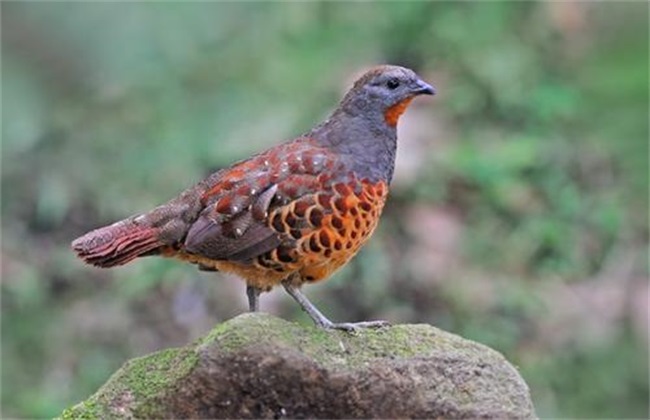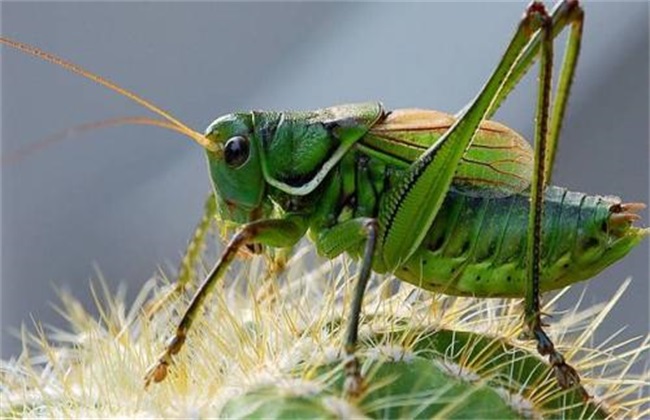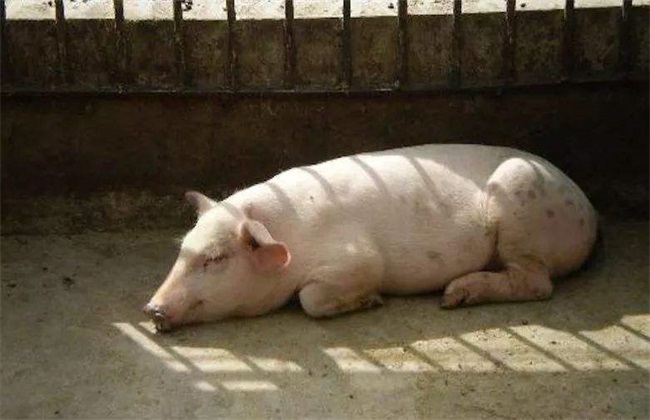Breeding technology of bamboo pheasant
The bamboo pheasant is very small, and it is only about half a jin in adulthood, which is not as big as other chickens. However, its culture value is relatively high, small-scale farming can also bring good benefits, which is very suitable for farming in rural areas. At present, relying on mountain forest captivity is one of the most effective methods, so how do we raise bamboo chickens?

1. Environmental selection
Bamboo pheasant because of its small size, so it will be more sensitive to external things, some louder sound or larger creatures will make them panic, seriously affecting the effect of breeding. Secondly, the simple form of breeding farm will make the bamboo chicken grow very slowly, which seriously affects its quality. Then when choosing a place, it is best to choose a place with a combination of mountains and plains, followed by a quiet place to ensure that there is little noise around, and to avoid creatures such as dogs wandering around it.
2. Site construction
The site of bamboo chicken is generally divided into two parts, one is a venue for daily activities, and the other is a safe enclosure. There are more grass in the woodland, but not too dense, which is not conducive to the observation of daily conditions. The surrounding protective railings are about 1.2-1.5 meters. To be sturdy, it is best to be divided into two layers. Inside the enclosure is mainly night shelter and daily feeding, it is recommended to directly divide the area of breeding, which can save more money and convenient management. The culture density is about 15 square meters. The ventilation effect and cold protection effect of the site should be good, and the transparent material should not be used at the top.
3. Feeding and management
The adaptive temperature range of bamboo pheasant is about 5-30 ℃ and the laying period is about 15-25 ℃. Raise it three times a day in the morning, in the middle and in the evening, and don't get too full in the morning and in the middle of the day, because during these two periods of time, bamboo chickens will be put on the sports ground, and they will eat some food on their own, so that they can have enough to eat at night. The feed is mainly fish meal, wheat meal, corn meal and so on, and occasionally it is best to feed some insects and so on. Every time the feed should be added after eating to avoid waste, the remaining feed is not recommended every other day, if there is water in it, it is best not to feed it every other meal, this kind of feed has a greater hidden danger to the safety of bamboo chicken.
4. Points for attention
Normal bamboo pheasants look relatively bright and full, so we should often spot check to see if there is any abnormal situation, because the local power of artificially raised bamboo pheasants is relatively poor. Try not to let it out in low temperature or rainy weather, the danger is high, when the temperature is high, driving the bamboo chicken to the woodland activity circle can effectively prevent the heat. The hygiene inside the enclosure should be cleaned every 2-3 days, and the trough should be cleaned every time the trough is fed. Disinfection is carried out about once a month, mainly for the ground and other places, and a thorough disinfection should be carried out after each hurdle to ensure hygiene.
The control of light and temperature of bamboo chicken is relatively important, and we also need to be careful in this respect. The physique of bamboo chicken is relatively small, which leads to its relative fragility in many aspects, so it is necessary to be cautious in raising bamboo chicken and careful in raising bamboo chicken.
Related
- On the eggshell is a badge full of pride. British Poultry Egg Market and Consumer observation
- British study: 72% of Britons are willing to buy native eggs raised by insects
- Guidelines for friendly egg production revised the increase of space in chicken sheds can not be forced to change feathers and lay eggs.
- Risk of delay in customs clearance Australia suspends lobster exports to China
- Pig semen-the Vector of virus Transmission (4)
- Pig semen-the Vector of virus Transmission (3)
- Five common causes of difficult control of classical swine fever in clinic and their countermeasures
- Foot-and-mouth disease is the most effective way to prevent it!
- PED is the number one killer of piglets and has to be guarded against in autumn and winter.
- What is "yellow fat pig"? Have you ever heard the pig collector talk about "yellow fat pig"?



